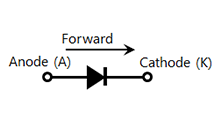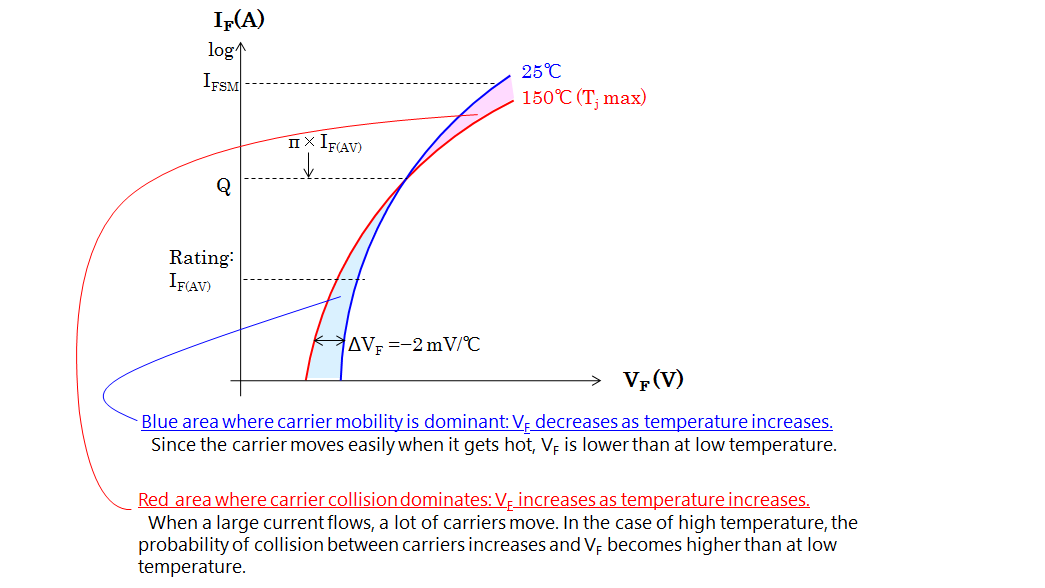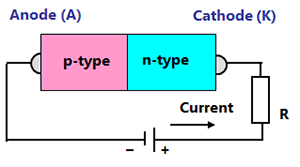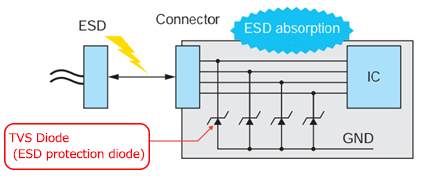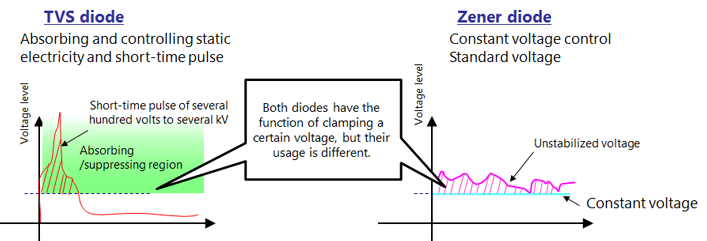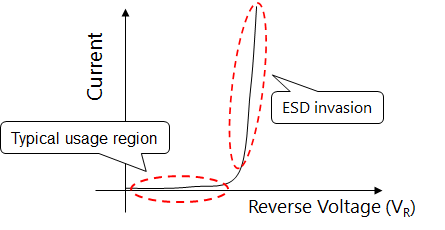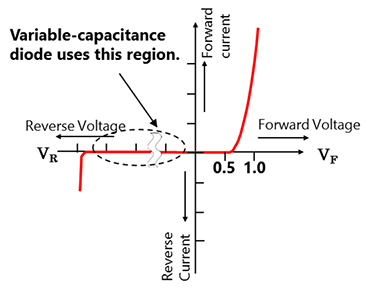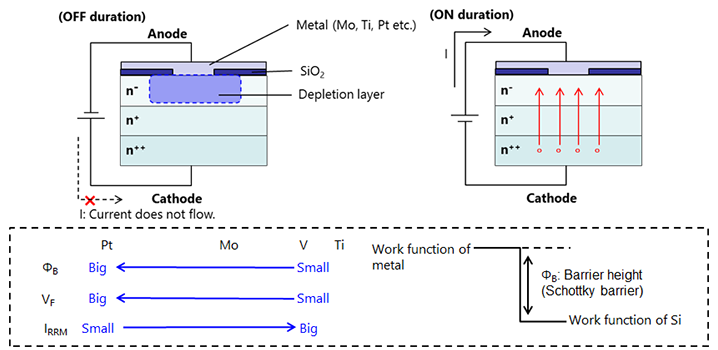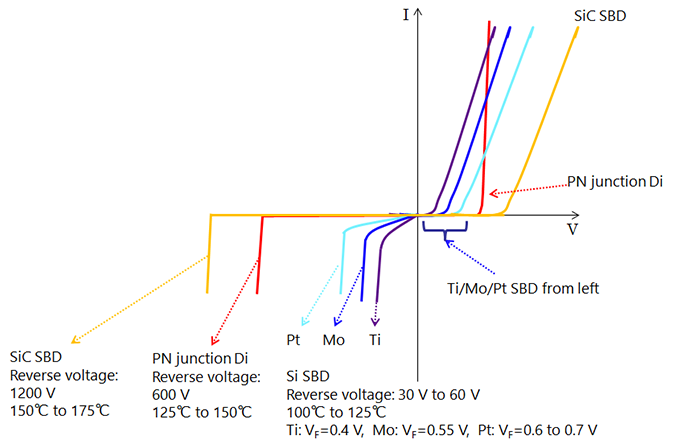-
My ToshibaSemicon
- General Top View
-
SEMICONDUCTOR View
-
ApplicationsAutomotive
Body Electronics
xEV
In-Vehicle Infotainment
Advanced Driver-Assistance Systems (ADAS)
Chassis
IndustrialInfrastructure
BEMS/HEMS
Factory Automation
Commercial Equipment
Consumer/PersonalIoT Equipment
Healthcare
Wearable Device
Mobile
Computer Peripherals
-
ProductsPower Semiconductors
SiC Power Devices
*
: Products list (parametric search)
Isolators/Solid State RelaysPhotocouplers
Digital Isolators
Solid State Relays
Fiber Optic Transmitting Modules
*
: Products list (parametric search)
MOSFETsIntelligent Power ICs*
: Products list (parametric search)
IGBTs/IEGTsMotor Driver ICsPower Management ICsBipolar Transistors*
: Products list (parametric search)
Linear ICsMicrocontrollersDiodes*
: Products list (parametric search)
Automotive DevicesDiscrete Semiconductor
Diodes
Transistors
Logic ICs
Analog Devices
Digital Devices
Wireless Devices
*
: Products list (parametric search)
General Purpose Logic ICsICs for Wireless Communication EquipmentInterface Bridge ICs for Mobile Peripheral DevicesRadio-Frequency Devices*
: Products list (parametric search)
Sensors*
: Products list (parametric search)
Linear Image SensorsOther Product ICs*
: Products list (parametric search)
-
Design & Development
-
Knowledge
Knowledge
- Where To Buy View
-
My ToshibaSemicon
-
- STORAGE View
- COMPANY View
- Part Number Search
- Cross Reference Search
- Keyword Search
- Parametric Search
- Stock Check & Purchase
This webpage doesn't work with Internet Explorer. Please use the latest version of Google Chrome, Microsoft Edge, Mozilla Firefox or Safari.
require 3 characters or more.
The information presented in this cross reference is based on TOSHIBA's selection criteria and should be treated as a suggestion only. Please carefully review the latest versions of all relevant information on the TOSHIBA products, including without limitation data sheets and validate all operating parameters of the TOSHIBA products to ensure that the suggested TOSHIBA products are truly compatible with your design and application.Please note that this cross reference is based on TOSHIBA's estimate of compatibility with other manufacturers' products, based on other manufacturers' published data, at the time the data was collected.TOSHIBA is not responsible for any incorrect or incomplete information. Information is subject to change at any time without notice.
require 3 characters or more.
Reverse Recovery Characteristic of Schottky Barrier Diodes (SBDs)
Download "Chapter II : Diodes" (PDF:895KB)
The reverse recovery time (trr) of the SBD is determined by the LC resonance circuit based on the junction capacitance and the inductance of the external wiring. (Since the junction capacitance is hardly influenced by temperature, trr is the same from room temperature to high temperature.)
For pn junction diodes, trr becomes longer as the temperature rises. As a result, the switching characteristics of the SBD become more and more advantageous, which makes it suitable for higher-frequency switching.
Note:
Since SBD is a unipolar device, it does not have reverse recovery time due to carrier recombination like pn junction diodes. However, the current waveform charging the capacity between the terminals of SBD is observed like the reverse recovery time of the p-n junction diode.
Therefore, it is described as reverse recovery time in this document.

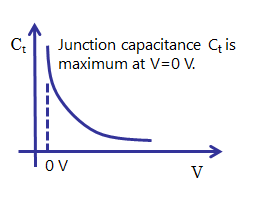
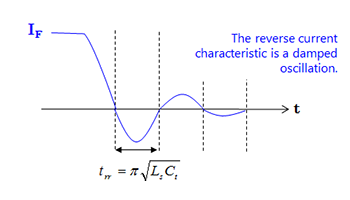
Chapter II : Diodes
Related information
- Products
- FAQ



